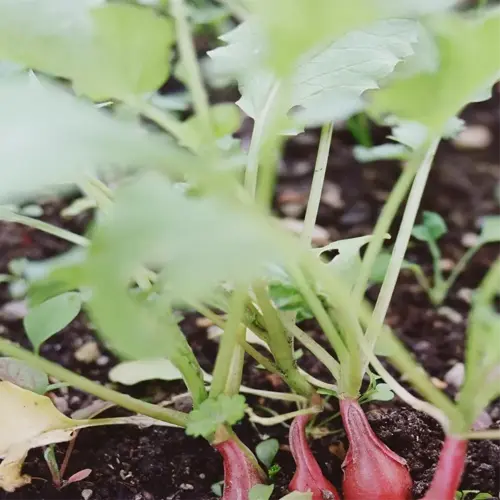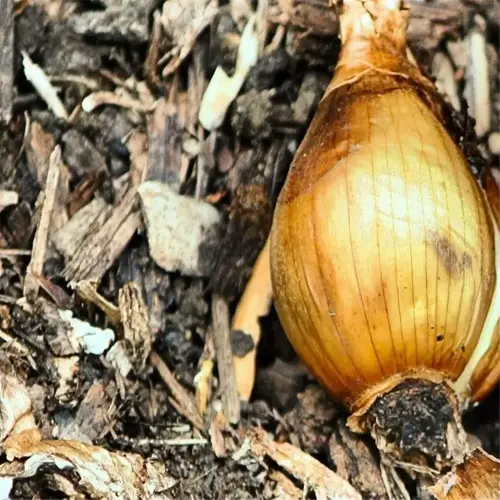What plants should avoid rhubarb in the garden?

Written by
Nguyen Minh
Reviewed by
Prof. Charles Hartman, Ph.D.Successfully growing rhubarb involves companion planting and companion cropping. Although growing rhubarb alone is fine, some species aggressively compete for nutrients and can introduce disease. I have seen gardens lose entire crops from sunflowers, whose tall shape results in competition with rhubarb for sunlight, soil nutrients, and moisture.
Prevention Strategies
- Crop rotation: Avoid nightshades (tomatoes, potatoes) near rhubarb beds
- Soil testing: Check nutrient levels biannually to detect competition early
- Barrier planting: Install root barriers for shrubs within 10 feet
Beneficial Alternatives
- Garlic: Repels pests without competing for nutrients
- Kale: Shares similar pH needs (6.0-6.8)
- Marigolds: Deter beetles and nematodes naturally
Because rhubarb has shallow roots, it may be especially susceptible to competition from allelopathic plants. For example, there are chemical compounds that sunflowers produce that inhibit growth. My trial plot added sunflowers near rhubarb, and the rhubarb stalks were 50% smaller when two plants were adjacent to each other.In a different instance, a gardener in Wisconsin moved her sunflowers away, 20 feet from the rhubarb, and the following year, the rhubarb grew 30% thicker stalks.
It is vital to eradicate the curly dock. This weed has rhubarb curculio beetles that create tunnels in the stalks. Manual removal is still best using a hori-hori knife, and you need to dig 8 inches deep to remove the taproots entirely. After that, you can plant nasturtiums in the formerly infested areas for 2 seasons to deter future pests and then replant the rhubarb.
Managing soil helps reduce the risk of potato blight. Do not plant rhubarb where nightshade types were grown at rainy, cool, and highs for at least three years. In my client's vegetable garden in Montana, brand new soil in raised beds eliminated any further incidence of blight among the potatoes. Check weekly drainage, in them rhubarb can drown in wet soil.
Read the full article: How to Grow Rhubarb: Expert Tips for Success

